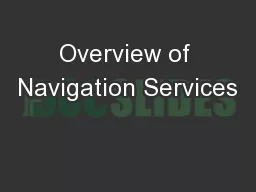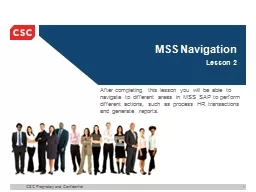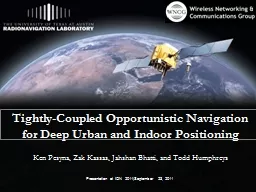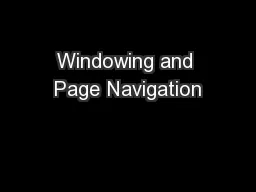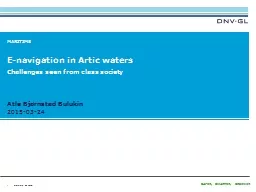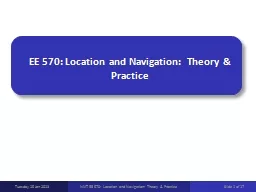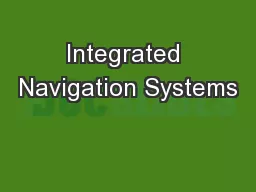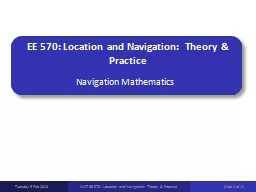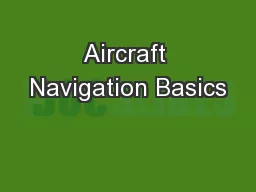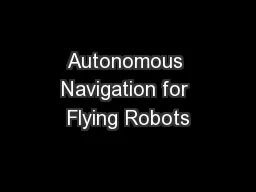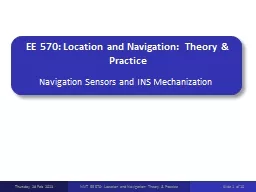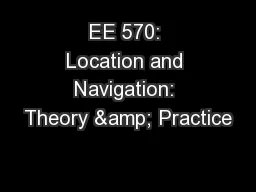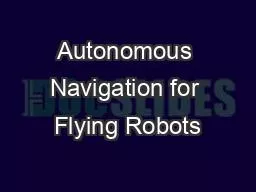PPT-Overview of Navigation Services
Author : pasty-toler | Published Date : 2018-11-02
for HSRP members March 2011 Capt John Lowell Director Office of Coast Survey What are Navigation Services contributions to national economic growth and coastal sustainability
Presentation Embed Code
Download Presentation
Download Presentation The PPT/PDF document "Overview of Navigation Services" is the property of its rightful owner. Permission is granted to download and print the materials on this website for personal, non-commercial use only, and to display it on your personal computer provided you do not modify the materials and that you retain all copyright notices contained in the materials. By downloading content from our website, you accept the terms of this agreement.
Overview of Navigation Services: Transcript
Download Rules Of Document
"Overview of Navigation Services"The content belongs to its owner. You may download and print it for personal use, without modification, and keep all copyright notices. By downloading, you agree to these terms.
Related Documents

